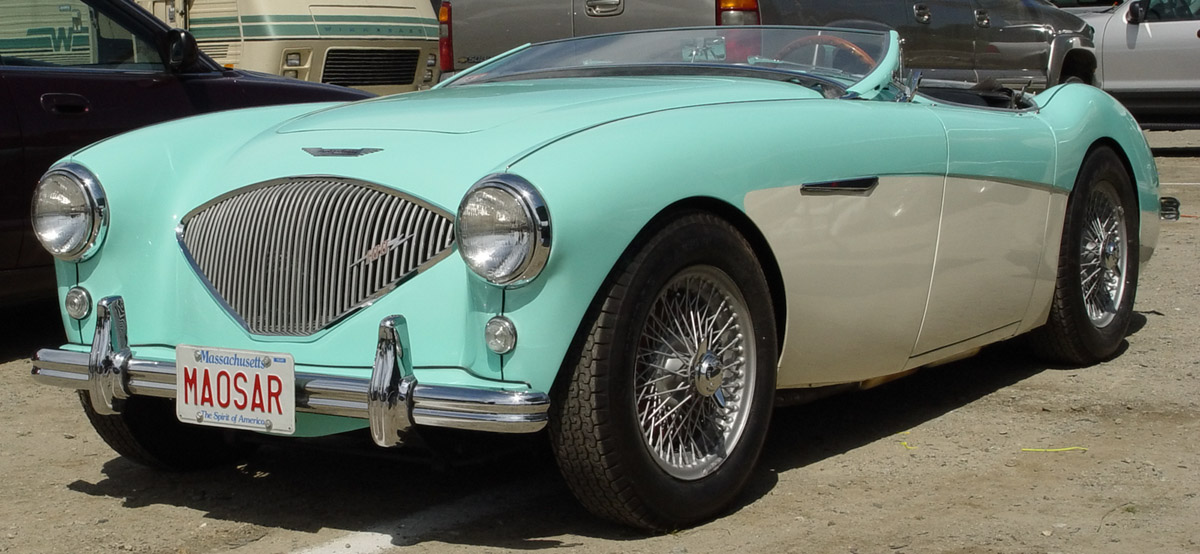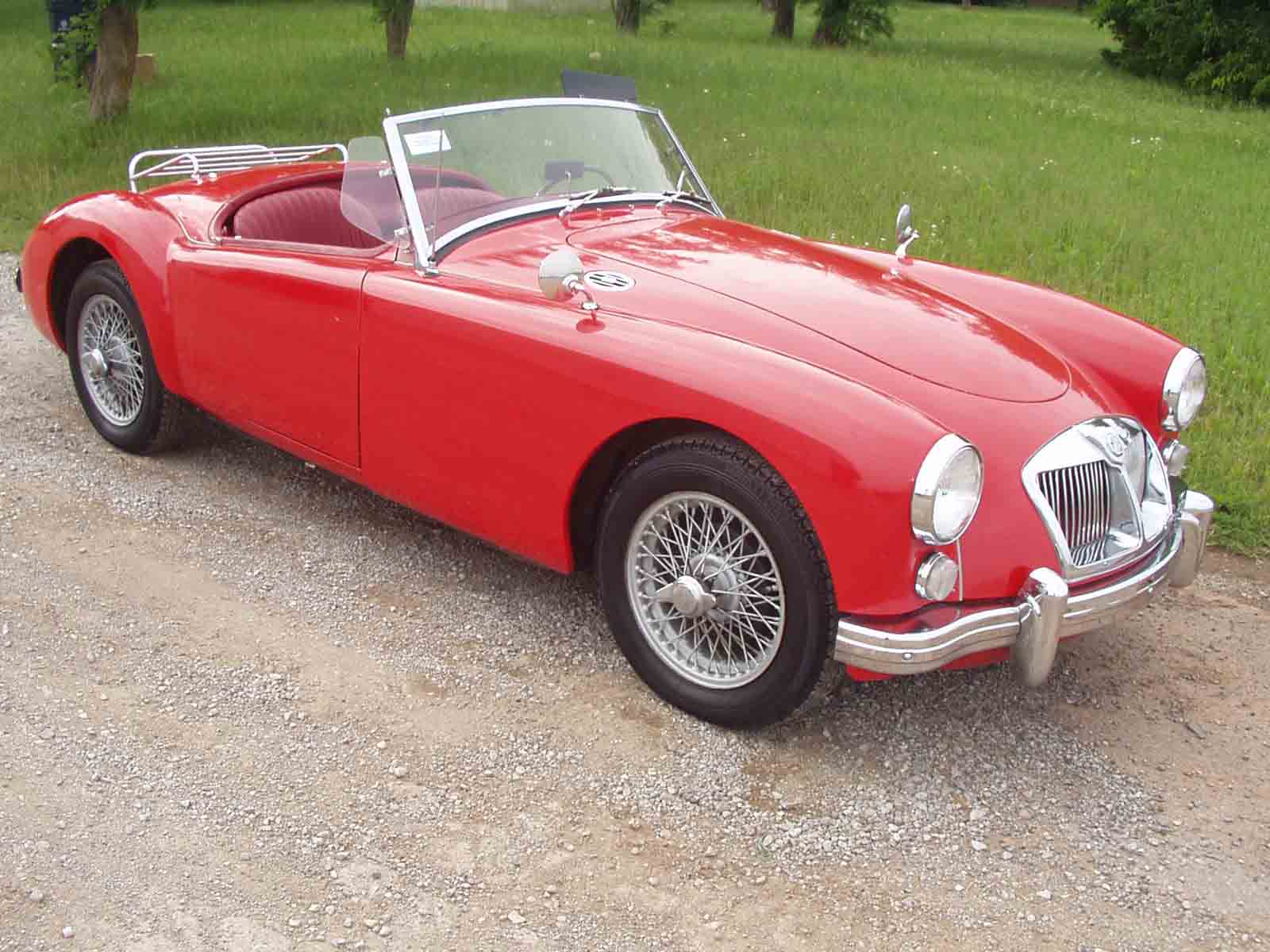Quote:
Originally Posted by Varn

Was that 4 liter 6 the same one that was used in the AH 3000? I had a 67 mk3. Pretty similar profile as the Jensen from the front. Less the adjustable grill.
|
The 4 litre I6 came from the Austin Sheerline or A125 limousine, one of these :

which was Len Lord's answer to the Daimler or Bentley / RR limos of the 1950s, complete with comical P100 headlamps which cost it about 5 mph of the top speed, unless they were turned sideways...
The AH 100-six and later 3000 used the
C-Series straight 6 which is generally regarded as 'not very good' - being very tall and heavy, although the rally 3000s could make 300hp (claimed...).
Somewhat confusingly Austin also used a Rolls Royce OISE (Overhead Inlet Side Exhaust) 4 litre straight 6 in the 4 Litre R models in the 1960s which is also a different engine and also 'not very good' being designed as a tank / armoured car engine.
The similarity in styling may not be entirely down to chance. Jensen also made bodies for other companies, mainly BMC but also Volvo (the P1800). Before the 100 they made the A40 Sports which has a similar grill shape and style to the 541R

and they also built the body for the Austin Healey 100 and 100-six / 3000, getting the contract because Healey couldn't cope with the numbers required especially as the 100 was so popular abroad. It is rather pretty

Before the deal between Austin and Healey was signed, Jensen were asked to produce a prototype sports car and came up with this

which is, er, 'less pretty'. Note the A35 grill just nailed onto the front...
The story as to why Austin went with Healey instead vary - some say that the Jensen prototype was not ready for the motor show when the Healey was launched and that the interest that car generated conviced Len Lord (head of BMC) to do a deal with Healey, other versions say that both cars were there but the Healey was much more popular.
Either way there are some interesting similarities between the Jensen prototype, and the AH 100 and the slightly later MGA.

The Austin Princess Limo was also used for research into jet turbine engines as it had such a huge engine bay - note the vents and the registration plate.

It didn't work as a car engine - thirst and lag being the main problems just as they were for Rover and GM who also built turbine cars. The odd front suspension (horizontal springs braced against the bulkhead) of the Rover 2000 was intended to make a big enough space for a turbine engine.
The Austin turbine engine was later sold as a standby generator to provide for places like hospitals in the event of power cuts. It produced 250hp making it the most powerful production Austin engine.
Apologies for the long post, I like old cars
